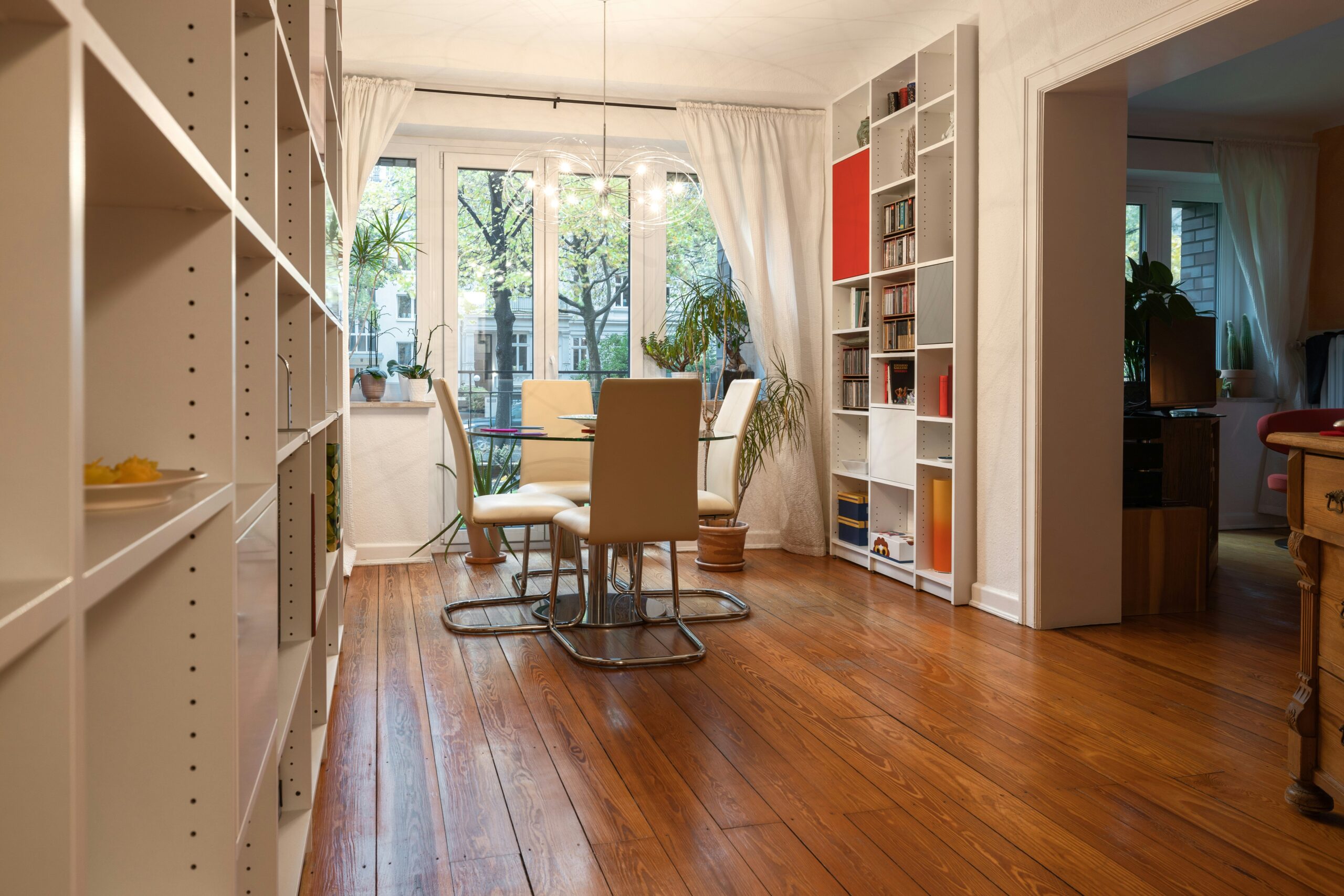Ever bought a fancy smart chair only to realize it’s made of materials that scream “planned obsolescence”? Yeah, we’ve all been there. If you care about tech that lasts—and doesn’t trash the planet—listen up. In this post, we’ll dive into how sustainable materials are redefining smart furniture for your connected home. Spoiler: You’ll learn why eco-friendly designs aren’t just better for the Earth but also easier on your wallet (and your conscience).
Table of Contents
- Why Sustainable Materials Matter in Smart Furniture
- Step-by-Step Guide to Choosing Eco-Friendly Smart Furniture
- Top Tips for Incorporating Sustainability Into Your Smart Home
- Real-Life Examples of Smart Furniture Done Right
- Frequently Asked Questions About Smart Furniture and Sustainability
Key Takeaways
- Sustainable materials extend product lifespan and reduce environmental impact.
- Smart furniture crafted from eco-friendly resources can save money over time.
- Demand is rising for sustainable smart furniture that marries technology with green innovation.
Why Sustainable Materials Matter in Smart Furniture
Let me confess something cringe-worthy: I once purchased a “smart desk” with built-in wireless charging… only to find out its glossy finish was made from non-recyclable plastic. It looked great until I realized how unsustainable it truly was. And let’s not forget—it broke down within two years thanks to poor-quality components. Ugh.
Here’s the truth: The push toward smart homes often overlooks one glaring issue—waste. Traditional furniture manufacturing relies heavily on cheap plastics and engineered woods full of adhesives. Add smart tech to the mix, and suddenly, you’re dealing with electronic waste plus hazardous materials. Sounds like your laptop fan during a 4K render—whirrrr!

But here’s where sustainable materials come in like chef’s kiss. From bioplastics to responsibly sourced timber, these alternatives ensure smart furniture isn’t just functional but future-proofed too.
Step-by-Step Guide to Choosing Eco-Friendly Smart Furniture
Step 1: Research Materials
Optimist You: “I’ll just pick anything labeled ‘green’!”
Grumpy You: “Oh no, friend. Not all labels are created equal.”
Start by checking certifications like FSC (Forest Stewardship Council) or Cradle to Cradle. These stamps guarantee responsible sourcing and production practices. Avoid vague terms like “eco” unless backed by solid evidence.
Step 2: Assess Durability
Look for furniture designed to last decades, not months. Yes, that means spending more upfront—but think long-term savings and reduced landfill contribution.
Step 3: Check Tech Compatibility
This part’s tricky. Ensure the tech embedded in your furniture (like sensors or wiring) uses low-energy systems compatible with renewable energy sources. Solar-powered outdoor smart benches? Now that’s innovative.
Step 4: Evaluate End-of-Life Options
Ask yourself: Can this piece be recycled or repurposed when you’re done? Modular designs that disassemble easily earn bonus points.
Top Tips for Incorporating Sustainability Into Your Smart Home
- Prioritize Multi-Functionality: A smart table that doubles as a workspace and dining area saves space—and fewer items mean less clutter.
- Go Local: Support brands using regionally sourced sustainable materials. Bonus? Lower carbon footprints from shipping.
- Avoid Fast Tech Trends: Remember those “smart mirrors” everyone hyped last year? Still gathering dust? Focus on timeless pieces instead.
Terrible Tip Alert: Don’t buy solely based on trends. That neon LED couch might seem cool now, but trust me—it won’t age well.

Real-Life Examples of Smart Furniture Done Right
Ori Systems: The Ultimate Space-Saving Bed
Ori Systems created a bed-frame-turned-desk combo made entirely from bamboo—a highly renewable resource. It adapts to small spaces while maintaining an eco-conscious edge.
IKEA & Sonos Collaboration
The SYMFONISK lamp-speaker hybrid proves style meets sustainability perfectly. Its minimalist design incorporates recyclable materials without compromising sound quality.

Frequently Asked Questions About Smart Furniture and Sustainability
Q: What makes a material ‘sustainable’?
A: Sustainable materials are renewable, recyclable, or biodegradable and have minimal harm during extraction or processing.
Q: Are sustainable smart furniture options affordable?
A: Upfront costs may be higher, but long-term value—including durability and lower environmental impacts—makes them cost-effective.
Q: How do I know if a brand prioritizes sustainability?
A: Look for third-party certifications, transparency reports, and clear commitments to eco-friendly practices.
Conclusion
Choosing smart furniture crafted from sustainable materials isn’t just good for Mother Nature; it’s a smarter investment overall. From research-backed steps to inspiring examples, today we explored how marrying tech and sustainability creates a smarter home—and a brighter future.
So what are you waiting for? Start shopping smarter, greener, and cooler. Oh, and don’t forget—the right cup of coffee pairs beautifully with any DIY decor project. 😉
Like a Tamagotchi, your smart furniture needs daily love and care. Nurture it wisely!


